Photo courtesy of Lindsey Kramer/U.S. Fish and Wildlife Service
Recently I heard Suzanne Case of the Department of Land and Natural Resources speak about overfishing here in Hawai‘i, and what she said really rang a bell with me.
When I was growing up, my family lived on the ocean at Maku‘u. I can remember my Uncle Sonny being very concerned about not overfishing. I can really identify with concern about ocean resources.
When I was in Vietnam, I saw a school once of maybe 30 or 40 uhu, huge ones, ten-pounders. But in Hawai‘i, I only ever saw one or two at a time and I had no idea they swam in schools like that. So when I saw that big school in Vietnam I thought it must be a different species.
But Suzanne had a photo of a school of uhu just like that and she said that was their normal condition. I almost fell over. The consequences of overfishing became very clear to me.
It was fascinating to learn that some of our local communities are saying enough is enough and that they have to do something. Leslie Lang talked to Suzanne and found out more:
***
Our ocean fisheries have declined 75 percent over the last hundred years, says Suzanne Case, chair of the Department of Land and Natural Resources.
In the past, Hawai‘i’s natural resources were controlled by kapu when we had the ahupua‘a system, but that sort of protection is long gone.
Today, some community groups are stepping forward to restrict fishing in their local waters in order to rebuild dwindling marine populations.
A community group in Ha‘ena, Kaua‘i was the first group to pass a set of community-based subsistence fishing rules. That was last summer, after they worked on developing the rules for 16 years.
The result is a co-management process with the state. “The state has to enforce the rules,” says Case. “The local community cannot go out and be vigilantes.”
She explained that they are switching to traditional fishing practices. “So that means no monofilament nets, one pole and line fishing, and you can’t fish during spawning aggregation. All of this means you fish more carefully, as opposed to you just go out and wipe out a whole school of uhu or weke because you can.”
Now Ka‘upulehu, in west Hawai‘i, is working on a similar process. “They’re talking about a closure – no fishing out to 20 fathoms for ten years,” says Case. “And the community, as far as I know, has committed not only to not fishing there, but to not displace their fishing efforts by going elsewhere. They’re serious about it.”
There was a formal public rulemaking hearing about this last Thursday.
The Ka‘upulehu Marine Life Advisory Council, formed in 1995, consists primarily of lineal descendants of people who go way back in the community. “There’s a lot of inherited local knowledge,” says Case.
The Council has also created a program called Makai Watch, which determined what to look for, who to call for enforcement if needed, and how to provide outreach to people who are users of the area in the first place, so they know the area’s rules.
These sorts of community-based action are happening elsewhere, too. Case says a Kipahulu, Maui group has imposed a voluntary three-year ‘opihi rest area. “They’re trying to get one of their key ‘opihi grounds that has been overfished to recover. They’re trying to let the remaining ‘opihi get big and have lots of babies. They’re not even waiting for state legislation – they put a voluntary ban in place. It’s not legally enforceable, but you want to respect it.”
In the old days, of course, natural resources were protected by the ahupua‘a system. “The ahupua‘a boundaries extended out beyond the reef,” she says, “so that included the estuaries and the fishponds and the near shore environment, and the reef and the outer reef, and then out into the deep, as well as the mauka to makai part. We had a pretty large population, with fish being a major source of protein.”
The ahupua‘a system worked. “It sustained the population,” she says. “Back in 1839, Kamehameha the Third codified the local control into law, and the konohiki had the right to put kapu on fish, or make some off-limits during the season, or the like. In the Mahele, those were actually identified as property rights.”
But then the system changed.
“In the overthrow, when Hawai‘i became a territory, the Organic Act of Hawai‘i in 1900 implemented full open access to fisheries, and there were a series of laws to codify the private ownership and konohiki rights and responsibilities for managing fisheries,” she says.
“The Organic Act provided that if you had a private property fishing right, you could register it but then the Territory could condemn it. So it was a very intentional act to total open-access to fisheries.”
Fast forward to the 21st century, when we are much more efficient – and less sustainable – at fishing. We can get into deeper water, stay down longer, and GPS allows us to find big schools of fish.
“With the loss of local knowledge, too,” she says, “you may lose some very important elements, such as when certain fish spawn so you don’t fish during the spawning seasons. And how big fish are when they finally reach reproductive size.”
She points out that older, bigger fish are far more fertile than those just barely of reproductive size. “Unfortunately, we like to fish the big fish, which are by far the most productive. For instance, six-inch weke only spawn once a year and produce 90,000 eggs,” she says. Compare that to a twelve-inch weke that spawns four or five times a year, producing 45 million eggs each time. That’s 180 million eggs per year, instead of 90 thousand.
“So what we need to do to improve our fisheries is find ways to let the fish get bigger,” she says. “So that could be with the right kind of legislation, for a minimum catch size but also a maximum catch size so they can grow big in protected areas and spill over into the adjacent areas and help those areas restore their fisheries.”
But legislation takes time, and also depends on cooperation from the community. This is what’s happening in communities around Hawai‘i, as well as throughout the Pacific.
“The goal is to have fisheries rebound so there’s more fish for people to fish,” she says. “That’s the shared long-term goal and it requires a long-term commitment, not just short-term gain.”

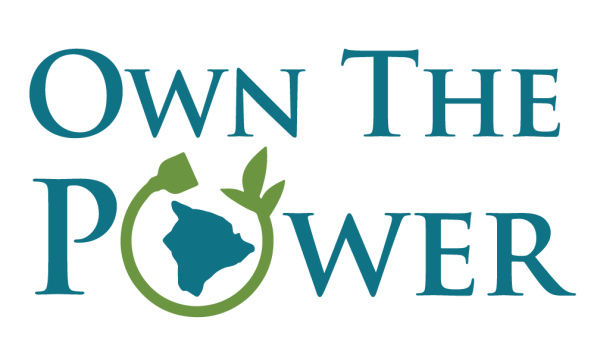
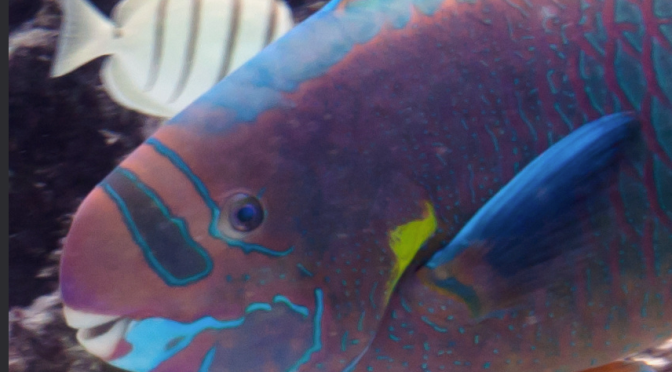
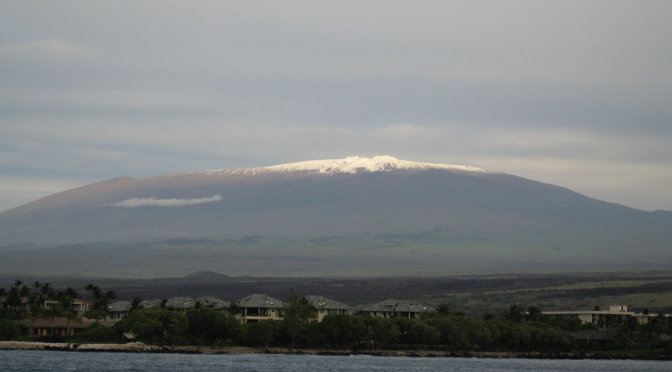
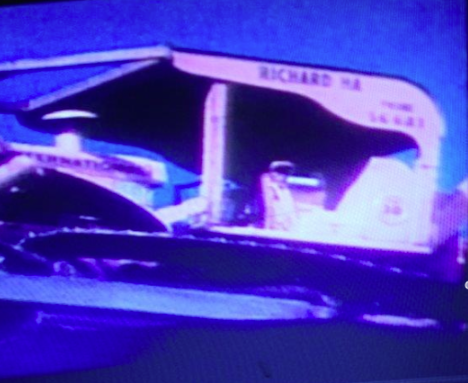
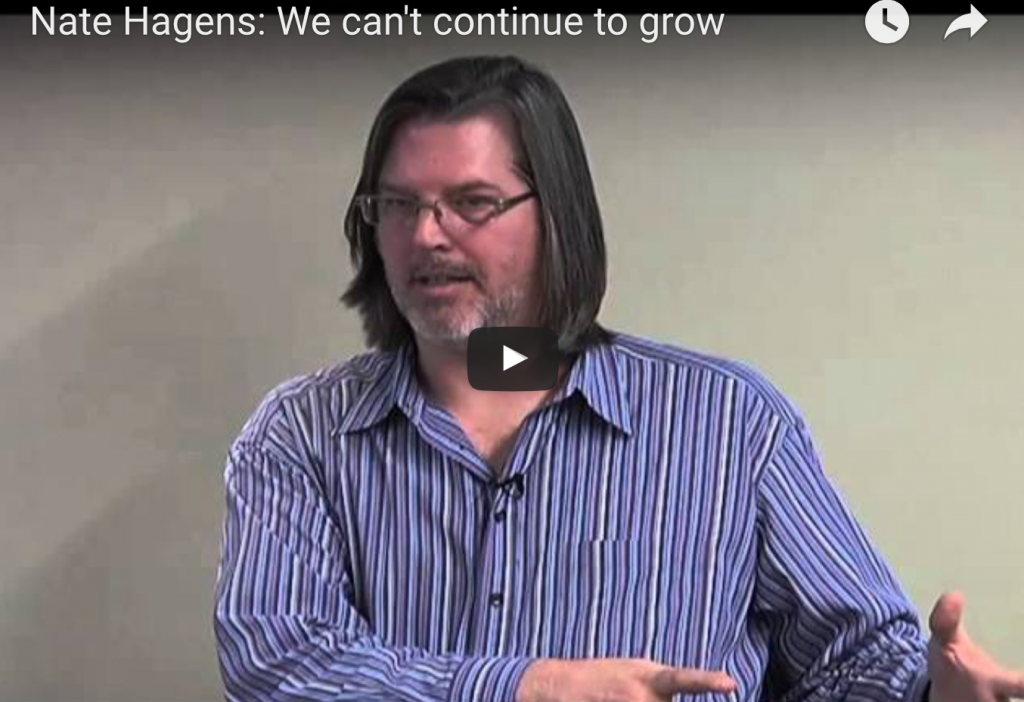 He will speak about our need to adapt for the changes happening around us. He feels strongly that it’s today’s young people who should be concerned, because it’s their time coming up, and he will discuss what we need to do to make their world a better place.
He will speak about our need to adapt for the changes happening around us. He feels strongly that it’s today’s young people who should be concerned, because it’s their time coming up, and he will discuss what we need to do to make their world a better place.